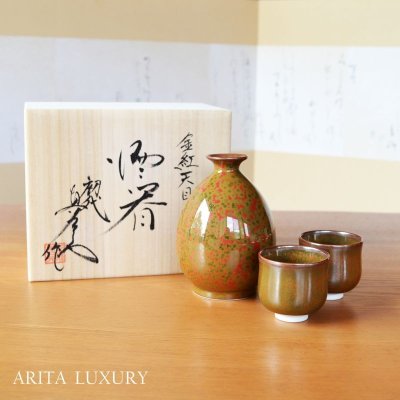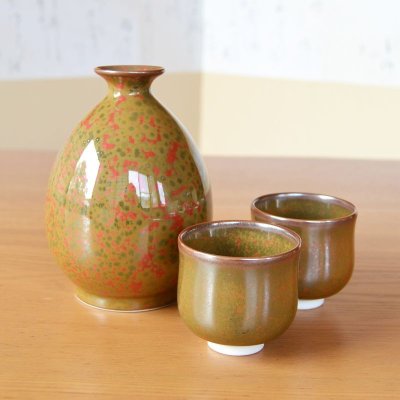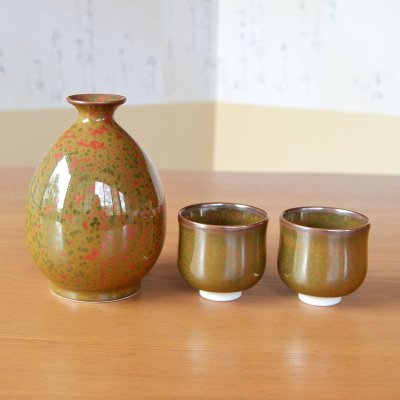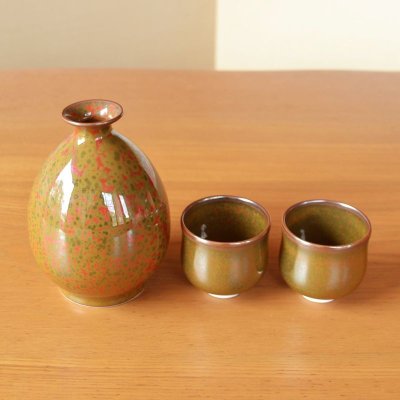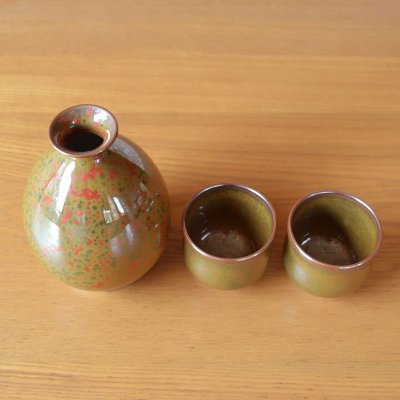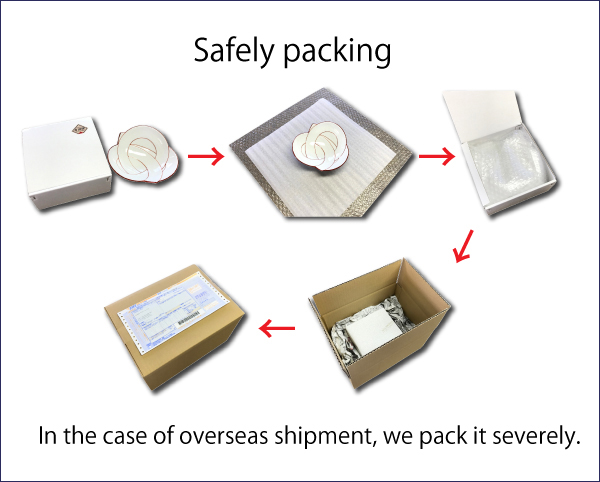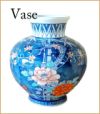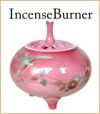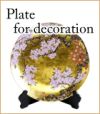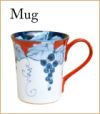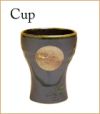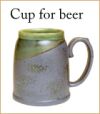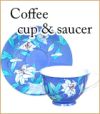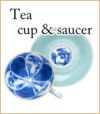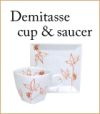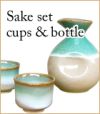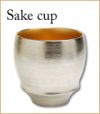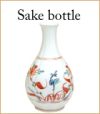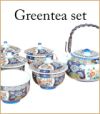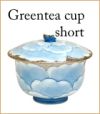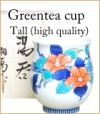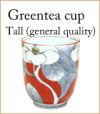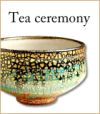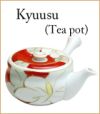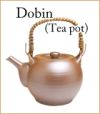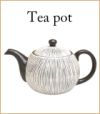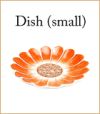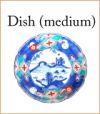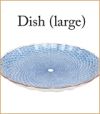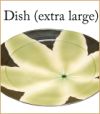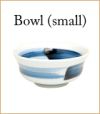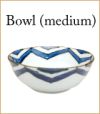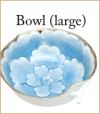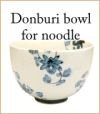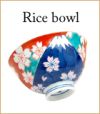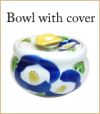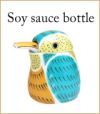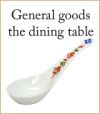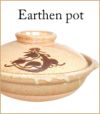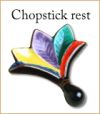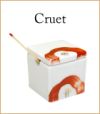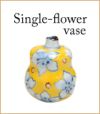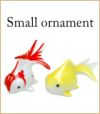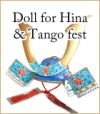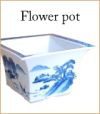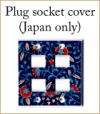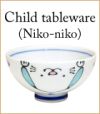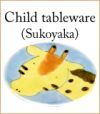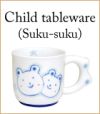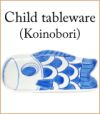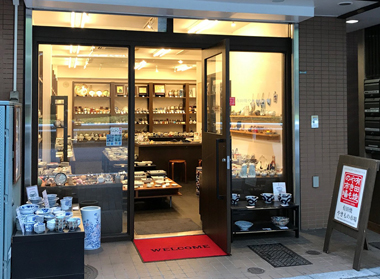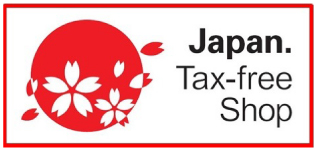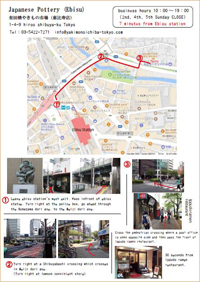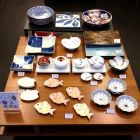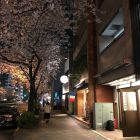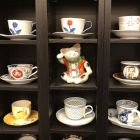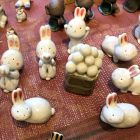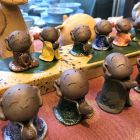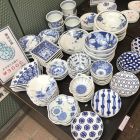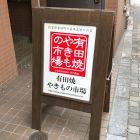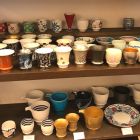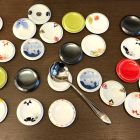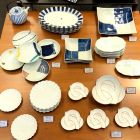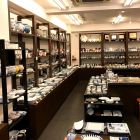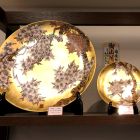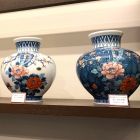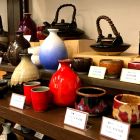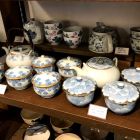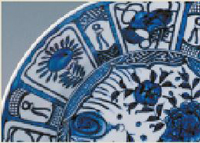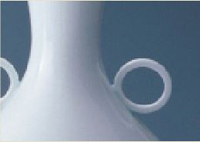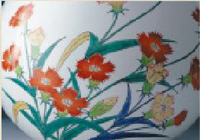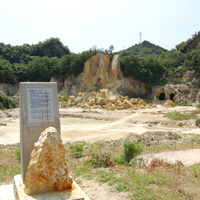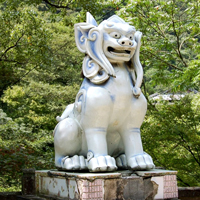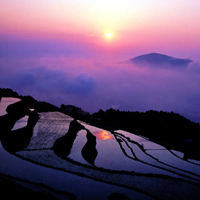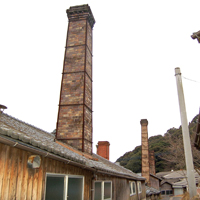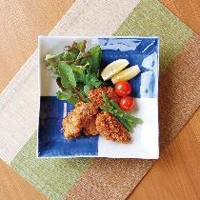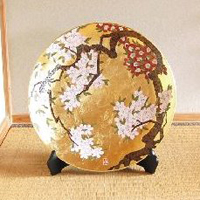Sake set 1 pc Tokkuri bottle and 2 pcs Cups Kinbeni-Tenmoku | The first-generation head of the Shinemon Kiln [146167]
Sake set 1 pc Tokkuri bottle and 2 pcs Cups Kinbeni-Tenmoku | The first-generation head of the Shinemon Kiln
[146167]
Price: 88,000JPY
Weight: 660g
Low stock
[Size of Bottle]
Width: 9cm / Height: 13cm
Width: 3.5in / Height: 5.1in
[Capacity of bottle]
400 ml
13.5 oz
[Size of Cup]
Width: 6cm / Height: 5.5cm
Width: 2.4in / Height: 2.2in
-----------------------
Works by the late Shinichiro Baba, the first-generation Shinemon and predecessor of the Shinemon Kiln, a representative kiln of Arita ware.The rare glaze known as 'Kinbeni-Tenmoku' is used, resulting in a captivating and deep finish that reveals more the longer you look at it.
The current Shinemon Kiln is a leading authority in the Yohen technique, which skillfully manipulates glazes. This piece was created by the previous head of the kiln, the first-generation Shinemon, together with the second-generation Shinemon (Kusuo Baba), as they continually challenged the world of glazes. The first-generation Shinemon, who once frequently used traditional Arita techniques such as sometsuke (blue and white porcelain), created this ambitious piece as he pursued his own unique vision, focusing on glazes.
[Potter Profile]
Shinichiro Baba (deceased)
The first-generation head of the Shinemon Kiln
Member of Nitten / Full Member of the Japan Contemporary Arts and Crafts Association / Member of the Saga Prefecture Ceramic Association / Member of the Arita Ceramic Association
Shinichiro Baba's career is as follows :
Born in 1924 in Arita, Saga Prefecture
1972: Founded the Shinemon Kiln in Arita.
1979: Selected for the Prefecture Exhibition with "Hexagonal Celadon Bowl."
1981: Selected for the Nitten exhibition with "Oil Spot Tenmoku Large Bowl," subsequently selected 21 times.
1989: Appointed as an art exhibition judge.
2000: Exhibited "Saiun-99" and "Sai-99" at the British Museum in London (Saga Prefecture Ceramic Exhibition).
2004: Exhibited "Saikei" and "Saimon" at the Arita Pottery Exhibition in Germany.
[Main Awards]
1983: Won the First Place Bijutsu Kyokai Prize at the Bijutsu Kyokai Exhibition for "Cinnabar Flower Vase."
1986: Received the Grand Prize and the Contemporary Craft President's Prize at the Contemporary Crafts Kyushu Exhibition.
1996: Awarded the Contemporary Craft Prize at the Contemporary Craft Exhibition for "Akebono no Nagisa."
2000: Received the Full Member Prize at the Contemporary Craft Exhibition for "Rensaku・Sai."
Width: 9cm / Height: 13cm
Width: 3.5in / Height: 5.1in
[Capacity of bottle]
400 ml
13.5 oz
[Size of Cup]
Width: 6cm / Height: 5.5cm
Width: 2.4in / Height: 2.2in
-----------------------
Works by the late Shinichiro Baba, the first-generation Shinemon and predecessor of the Shinemon Kiln, a representative kiln of Arita ware.The rare glaze known as 'Kinbeni-Tenmoku' is used, resulting in a captivating and deep finish that reveals more the longer you look at it.
The current Shinemon Kiln is a leading authority in the Yohen technique, which skillfully manipulates glazes. This piece was created by the previous head of the kiln, the first-generation Shinemon, together with the second-generation Shinemon (Kusuo Baba), as they continually challenged the world of glazes. The first-generation Shinemon, who once frequently used traditional Arita techniques such as sometsuke (blue and white porcelain), created this ambitious piece as he pursued his own unique vision, focusing on glazes.
[Potter Profile]
Shinichiro Baba (deceased)
The first-generation head of the Shinemon Kiln
Member of Nitten / Full Member of the Japan Contemporary Arts and Crafts Association / Member of the Saga Prefecture Ceramic Association / Member of the Arita Ceramic Association
Shinichiro Baba's career is as follows :
Born in 1924 in Arita, Saga Prefecture
1972: Founded the Shinemon Kiln in Arita.
1979: Selected for the Prefecture Exhibition with "Hexagonal Celadon Bowl."
1981: Selected for the Nitten exhibition with "Oil Spot Tenmoku Large Bowl," subsequently selected 21 times.
1989: Appointed as an art exhibition judge.
2000: Exhibited "Saiun-99" and "Sai-99" at the British Museum in London (Saga Prefecture Ceramic Exhibition).
2004: Exhibited "Saikei" and "Saimon" at the Arita Pottery Exhibition in Germany.
[Main Awards]
1983: Won the First Place Bijutsu Kyokai Prize at the Bijutsu Kyokai Exhibition for "Cinnabar Flower Vase."
1986: Received the Grand Prize and the Contemporary Craft President's Prize at the Contemporary Crafts Kyushu Exhibition.
1996: Awarded the Contemporary Craft Prize at the Contemporary Craft Exhibition for "Akebono no Nagisa."
2000: Received the Full Member Prize at the Contemporary Craft Exhibition for "Rensaku・Sai."
 |
Import duties, taxes, and charges are not included in the item price or shipping cost. To residents of Europe: |
Source: www.exchange-rates.org
